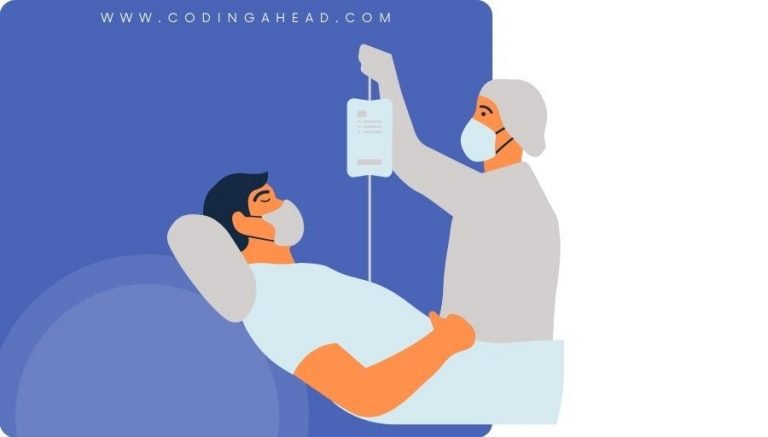How To Use CPT Code 54001
CPT 54001 describes the procedure of slitting the prepuce, either dorsally or laterally, in a patient older than 28 days to alleviate narrowing and prevent retraction of the foreskin over the head of the penis. This article will cover the description, official details, procedure, qualifying circumstances, appropriate usage, documentation requirements, billing guidelines, historical information and billing examples.
1. What is CPT Code 54001?
CPT 54001 is used to describe the surgical procedure of slitting the prepuce, either dorsally or laterally, in a patient older than 28 days. This procedure is performed to address narrowing of the foreskin and prevent it from retracting over the head of the penis.
2. Official Description
The official description of CPT code 54001 is: ‘Slitting of prepuce, dorsal or lateral (separate procedure); except newborn.’
3. Procedure
- The provider prepares the patient and administers anesthesia.
- Using forceps, the provider grasps the prepuce and makes a stab incision either dorsally or laterally.
- Scissors are then used to dissect the foreskin from the base and remove it.
- The provider carefully controls any bleeding by applying small linear sutures.
4. Qualifying circumstances
CPT 54001 is performed on patients older than 28 days who have a narrowing of the prepuce that requires intervention. This procedure is not performed on newborns. The provider must ensure that the patient is appropriately prepped and anesthetized before proceeding with the slitting of the prepuce.
5. When to use CPT code 54001
CPT code 54001 should be used when a patient older than 28 days undergoes the surgical procedure of slitting the prepuce, either dorsally or laterally, to address narrowing and prevent retraction of the foreskin over the head of the penis. This code should not be used for newborns, as a separate code (54000) is available for that population.
6. Documentation requirements
To support a claim for CPT 54001, the provider must document the following information:
- Patient’s age and indication for the procedure
- Details of the procedure, including the approach (dorsal or lateral)
- Date of the procedure
- Any complications or additional procedures performed
- Signature of the performing provider
7. Billing guidelines
When billing for CPT 54001, ensure that the procedure is performed on a patient older than 28 days and that the prepuce is slit either dorsally or laterally. It is important to note that CPT code 54001 should not be reported for newborns, as a separate code (54000) is available for that population. There are no specific guidelines regarding reporting CPT 54001 with other codes.
8. Historical information
CPT 54001 was added to the Current Procedural Terminology system on January 1, 1990. There have been no updates or changes to the code since its addition.
9. Examples
- A 2-month-old patient undergoes a dorsal slit procedure to address narrowing of the prepuce.
- A 1-year-old patient undergoes a lateral slit procedure to prevent retraction of the foreskin over the head of the penis.
- A 3-year-old patient with recurrent balanitis undergoes a dorsal slit procedure to alleviate symptoms.
- A 5-year-old patient with phimosis undergoes a lateral slit procedure to improve penile hygiene.
- An 8-year-old patient with difficulty urinating undergoes a dorsal slit procedure to relieve obstruction.
- A 10-year-old patient with recurrent urinary tract infections undergoes a lateral slit procedure to prevent future infections.
- A 12-year-old patient with persistent discomfort during erections undergoes a dorsal slit procedure to address the issue.
- A 15-year-old patient with difficulty retracting the foreskin undergoes a lateral slit procedure to improve mobility.
- An 18-year-old patient with recurrent balanoposthitis undergoes a dorsal slit procedure to alleviate symptoms.
- A 20-year-old patient with phimosis undergoes a lateral slit procedure to improve sexual function.


